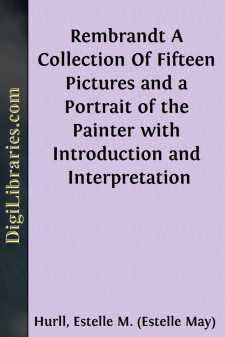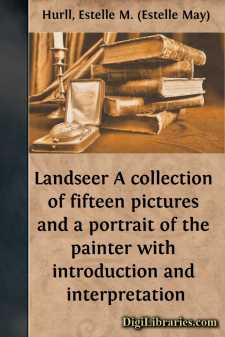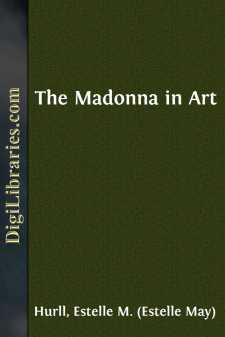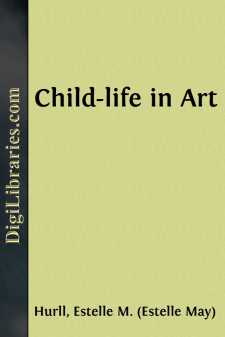Categories
- Antiques & Collectibles 13
- Architecture 36
- Art 48
- Bibles 22
- Biography & Autobiography 813
- Body, Mind & Spirit 142
- Business & Economics 28
- Children's Books 17
- Children's Fiction 14
- Computers 4
- Cooking 94
- Crafts & Hobbies 4
- Drama 346
- Education 46
- Family & Relationships 57
- Fiction 11829
- Games 19
- Gardening 17
- Health & Fitness 34
- History 1377
- House & Home 1
- Humor 147
- Juvenile Fiction 1873
- Juvenile Nonfiction 202
- Language Arts & Disciplines 88
- Law 16
- Literary Collections 686
- Literary Criticism 179
- Mathematics 13
- Medical 41
- Music 40
- Nature 179
- Non-Classifiable 1768
- Performing Arts 7
- Periodicals 1453
- Philosophy 64
- Photography 2
- Poetry 896
- Political Science 203
- Psychology 42
- Reference 154
- Religion 513
- Science 126
- Self-Help 84
- Social Science 81
- Sports & Recreation 34
- Study Aids 3
- Technology & Engineering 59
- Transportation 23
- Travel 463
- True Crime 29
Rembrandt A Collection Of Fifteen Pictures and a Portrait of the Painter with Introduction and Interpretation
Categories:
Description:
Excerpt
INTRODUCTION
I. ON REMBRANDT'S CHARACTER AS AN ARTIST
A general impression prevails with the large picture-loving public that a special training is necessary to any proper appreciation of Rembrandt. He is the idol of the connoisseur because of his superb mastery of technique, his miracles of chiaroscuro, his blending of colors. Those who do not understand these matters must, it is supposed, stand quite without the pale of his admirers. Too many people, accepting this as a dictum, take no pains to make the acquaintance of the great Dutch master. It may be that they are repelled at the outset by Rembrandt's indifference to beauty. His pictures lack altogether those superficial qualities which to some are the first requisites of a picture. Weary of the familiar commonplaces of daily life, the popular imagination looks to art for happier scenes and fairer forms. This taste, so completely gratified by Raphael, is at first strangely disappointed by Rembrandt. While Raphael peoples his canvases with beautiful creatures of another realm, Rembrandt draws his material from the common world about us. In place of the fair women and charming children with whom Raphael delights us, he chooses his models from wrinkled old men and beggars. Rembrandt is nevertheless a poet and a visionary in his own way. "For physical beauty he substitutes moral expression," says Fromentin. If in the first glance at his picture we see only a transcript of common life, a second look discovers something in this common life that we have never before seen there. We look again, and we see behind the commonplace exterior the poetry of the inner life. A vision of the ideal hovers just beyond the real. Thus we gain refreshment, not by being lifted out of the world, but by a revelation of the beauty which is in the world. Rembrandt becomes to us henceforth an interpreter of the secrets of humanity. As Raphael has been surnamed "the divine," for the godlike beauty of his creations, so Rembrandt is "the human," for his sympathetic insight into the lives of his fellow men.
Even for those who are slow to catch the higher meaning of Rembrandt's work, there is still much to entertain and interest in his rare story-telling power—a gift which should in some measure compensate for his lack of superficial beauty. His story themes are almost exclusively Biblical, and his style is not less simple and direct than the narrative itself. Every detail counts for something in the development of the dramatic action. Probably no other artist has understood so well the pictorial qualities of patriarchal history. That singular union of poetry and prose, of mysticism and practical common sense, so striking in the Hebrew character, appealed powerfully to Rembrandt's imagination. It was peculiarly well represented in the scenes of angelic visitation. Jacob wrestling with the Angel affords a fine contrast between the strenuous realities of life and the pure white ideal rising majestically beyond. The homely group of Tobit's family is glorified by the light of the radiant angel soaring into heaven from the midst of them.
Rembrandt's New Testament scenes are equally well adapted to emphasize the eternal immanence of the supernatural in the natural. The Presentation in the Temple is invested with solemn significance; the simple Supper at Emmaus is raised into a sacrament by the transfigured countenance of the Christ. For all these contrasts between the actual and the ideal, Rembrandt had a perfect vehicle of artistic expression in chiaroscuro. In the mastery of the art of light and shade he is supreme. His entire artistic career was devoted to this great problem, and we can trace his success through all the great pictures from the Presentation to the Syndics.
Rembrandt apparently cared very little for the nude, for the delicate curves of the body and the exquisite colors of flesh. Yet to overbalance this disregard of beautiful form was his strong predilection for finery. None ever loved better the play of light upon jewels and satin and armor, the rich effectiveness of Oriental stuffs and ecclesiastical vestments. Unable to gratify this taste in the portraits which he painted to order, he took every opportunity to paint both himself and his wife, Saskia, in costume. Wherever the subject admitted, he introduced what he could of rich detail. In the picture of Israel Blessing the Sons of Joseph, Asenath, as the wife of an Egyptian official, is appropriately adorned with jewels and finery....











